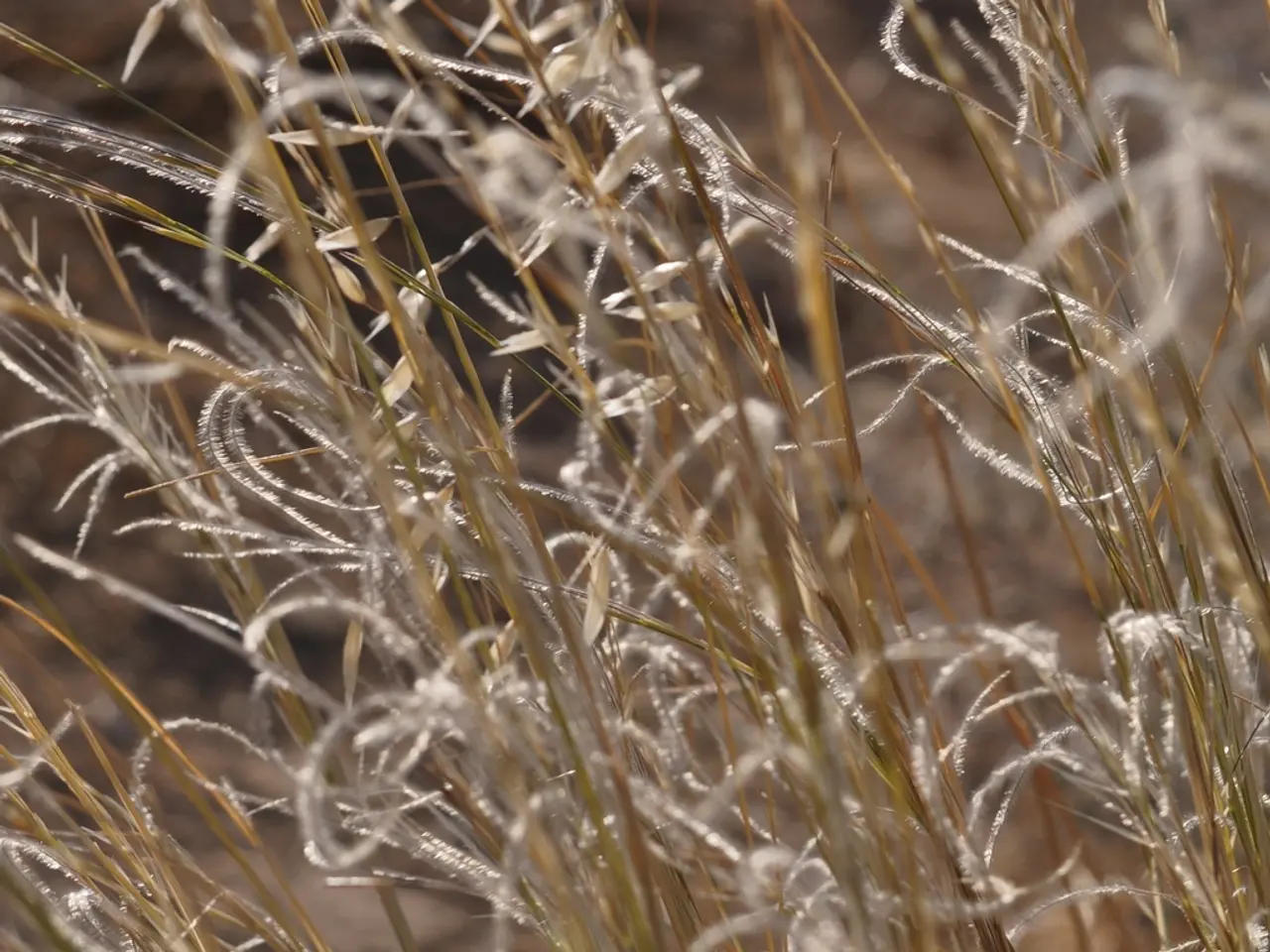Sending Off a Turfgrass Specimen to the Plant and Pest Diagnostic Lab
In order to ensure accurate diagnosis of turfgrass problems, it is essential to properly package and ship samples to the C. Wayne Ellett Plant and Pest Diagnostic Clinic. Here are the key steps based on Purdue Agriculture's guidelines:
**Sample Collection**
Collect turf plugs early in the week, ideally on the same day you plan to ship. Take plugs approximately 4-6 inches across and 3-4 inches deep, ensuring that 2/3 of the sample is symptomatic turf and 1/3 is healthy turf. Samples should be taken from the edges of affected areas, with two plugs per sample preferred.
**Packaging**
Wrap each turf plug completely in aluminum foil (preferred) or newspaper to stabilize the sample. Avoid placing samples in plastic bags and avoid adding wet paper towels or excess moisture, as this encourages decay and unwanted microbial growth. Place the wrapped samples snugly in a sturdy cardboard box cushioned with newspaper or other packing materials to prevent movement. Include the completed submission form inside the box, protected from moisture or damage.
**Shipping**
Ship the sample on the same day it’s collected to minimize deterioration. Avoid exposing the sample to heat, such as leaving it in a closed vehicle on a hot day. Ship early in the week (Monday-Wednesday) to avoid delays over the weekend. Use first-class mail or, for best results, next-day service or personal delivery to ensure timely and safe arrival.
Following these recommendations will help maintain sample quality during transit to the C. Wayne Ellett Plant and Pest Diagnostic Clinic.
**Summary Table:**
| Step | Details | |----------------|----------------------------------| | Collect sample | 4–6 inch plugs, 3–4 inch deep, 2/3 symptomatic + 1/3 healthy turf, 2 plugs | | Wrap sample | Aluminum foil (preferred), no plastic, no wet towels | | Packaging | Box with cushioning, include form safely inside | | Shipping | Same day collection, ship early in the week, avoid heat, use first-class or faster |
For residential lawns, athletic fields, parks, commercial sites, and sod farms, use a shovel, spade, or knife to collect a sample. A step-by-step video on submitting a residential turf sample is available at [youtube.com/watch?v=3Icgu6fCGYk](youtube.com/watch?v=3Icgu6fCGYk). For golf courses, use a cup cutter. A step-by-step video on submitting a golf course turf sample is available at [youtube.com/watch?v=9BPhtjE_QAQ](youtube.com/watch?v=9BPhtjE_QAQ).
To contact the staff, call 614-292-5006, fax 614-292-4455, or email [email protected]. The C. Wayne Ellett Plant and Pest Diagnostic Clinic is located at 201 Kottman Hall, 2021 Coffey Road, Columbus, Ohio 43210.
There is a fee for diagnostic work at the C. Wayne Ellett Plant and Pest Clinic. The prices can be found at [ppdc.osu.edu](ppdc.osu.edu). Fill out the diagnostic form as detailed as possible, including environmental factors, weather data, who is using the turf, symptoms, shape and size of the patches, amount or size of affected area, when the problem began, past occurrences, irrigation status, sun or shade preferences, chemicals applied, growth regulator usage, etc.
More information on plant diseases can be found on the clinic web site at [ppdc.osu.edu](ppdc.osu.edu) and the Department of Plant Pathology's website at [plantpath.osu.edu](plantpath.osu.edu). Seal the box tightly before sending it to the clinic. The turf sample form, along with other landscape and plant forms, can be found at [ppdc.osu.edu](ppdc.osu.edu). It is recommended to send pictures of the area along with the form.
[1] Source: Purdue University Extension - Turfgrass Diagnostic Laboratory ([turf.purdue.edu](http://turf.purdue.edu))
- To maintain a healthy lawn, follow the recommended steps from Purdue Agriculture's guidelines for collecting, packaging, and shipping turfgrass samples for proper diagnosis.
- Incorporating science and the principles of health-and-wellness, gardening can be a fit and holistic lifestyle choice, as shown by the importance placed on soil health and the collection of symptomatic and healthy turf samples.
- A sharp shovel, spade, or knife is essential for collecting samples from residential lawns, athletic fields, parks, commercial sites, and sod farms, emphasizing the connection between home-and-garden activities and fitness-and-exercise.
- By sending pictures of the affected area along with the diagnostic form, one can provide a more comprehensive understanding of the turf problem, bridging the gap between traditional agriculture and the visual aesthetic aspects of lifestyle and home-and-garden cultivation.




